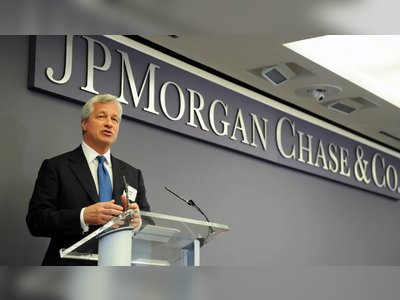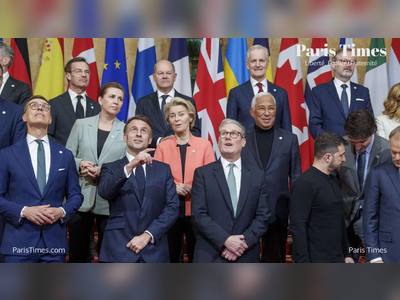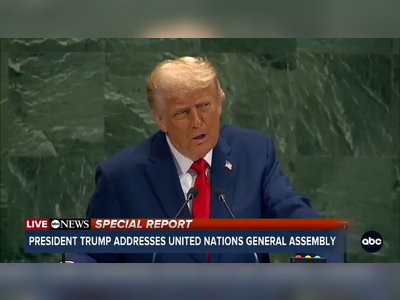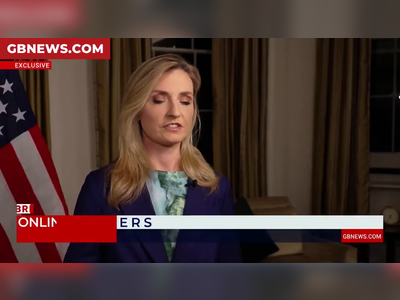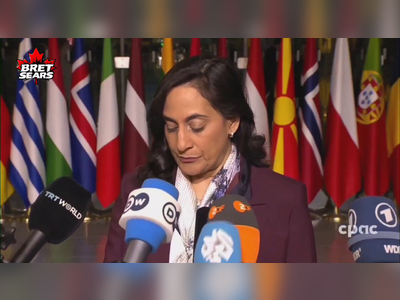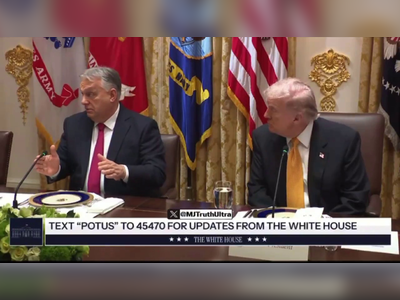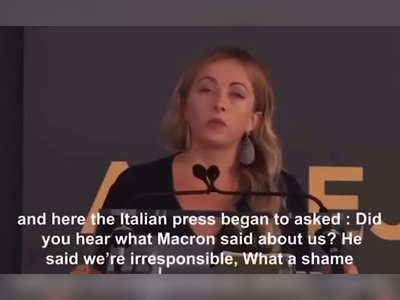
Surge in Gold Prices Reflects Rising Risk Perceptions in Global Markets
Gold reaches all-time highs as investors seek safe havens amid increasing geopolitical tensions and economic policy uncertainty.
Gold prices have reached unprecedented levels since 2023, reflecting a significant surge fueled by escalating geopolitical tensions and heightened economic policy uncertainty.
Historically, gold has been regarded as a store of value, with demand primarily arising from retail purchases, jewelry, investment, and as a reserve asset for central banks.
Unlike other asset classes such as bonds or equities, gold does not generate cash flow, relying instead on its intrinsic value and perceived safety during volatile periods.
In the context of financial markets, gold typically serves as a hedge against risk.
Its appeal lies in its lack of counterparty liability, thus carrying no default risk, as well as its limited supply, which ensures that its value remains largely intact.
Analysis reveals that gold tends to perform strongly during times of economic distress and geopolitical crises, illustrating its role as a safe haven asset.
For instance, during significant stress events, such as the 9/11 attacks, the onset of the COVID-19 pandemic, and the Russian invasion of Ukraine, gold prices have typically surged as investors flee to safer investments.
Recent trends indicate that central banks, particularly in emerging markets, have increasingly turned to gold as a protective measure against potential sanctions and geopolitical strife.
In instances of heightened policy uncertainty, such as responses to tariffs and trade wars, gold has historically outperformed equities and currencies like the US dollar while bond prices often decline.
Developments within the gold futures markets, particularly on the COMEX exchange, further highlight this relationship between policy uncertainty and gold pricing.
Following the US presidential election in November 2024, surveys indicated that a significant number of asset managers projected gold to be the best-performing asset class amid a potential trade war.
Consequently, COMEX vaults have reported rising gold inventories, and the demand for physically deliverable gold futures has reached historical highs.
Recently, trade policy uncertainties have resulted in increased demand for gold, leading to higher borrowing costs and futures prices.
Prior to the announcement of US tariffs in April 2025, apprehensions regarding potential tariffs on gold imports led to increased transfer of gold inventories from London to New York, contributing to rising costs in sourcing and borrowing gold in the London market.
Combining these factors, euro area investors are increasingly exposed to gold derivatives, aligning with a broader trend of heightened foreign counterparty risks.
As of March 2025, the gross notional exposure to gold derivatives in the euro area amounted to €1 trillion, indicating a substantial rise since late 2024, with a significant proportion of these contracts not being centrally cleared.
This market structure raises concerns about potential liquidity stresses and margin calls stemming from fluctuations in gold market prices.
The European Union has also recently revised its economic growth forecasts, reflecting concerns about the economic impacts of rising tariffs and geopolitical uncertainties.
The forecast for EU GDP growth has declined for both 2025 and 2026, with major economies like Germany experiencing stagnation due to their heavy reliance on export markets vulnerable to trade conflicts.
This economic backdrop further intensifies the perception of risk among investors, contributing to the ongoing demand for gold as a safe haven against uncertain financial conditions.
Historically, gold has been regarded as a store of value, with demand primarily arising from retail purchases, jewelry, investment, and as a reserve asset for central banks.
Unlike other asset classes such as bonds or equities, gold does not generate cash flow, relying instead on its intrinsic value and perceived safety during volatile periods.
In the context of financial markets, gold typically serves as a hedge against risk.
Its appeal lies in its lack of counterparty liability, thus carrying no default risk, as well as its limited supply, which ensures that its value remains largely intact.
Analysis reveals that gold tends to perform strongly during times of economic distress and geopolitical crises, illustrating its role as a safe haven asset.
For instance, during significant stress events, such as the 9/11 attacks, the onset of the COVID-19 pandemic, and the Russian invasion of Ukraine, gold prices have typically surged as investors flee to safer investments.
Recent trends indicate that central banks, particularly in emerging markets, have increasingly turned to gold as a protective measure against potential sanctions and geopolitical strife.
In instances of heightened policy uncertainty, such as responses to tariffs and trade wars, gold has historically outperformed equities and currencies like the US dollar while bond prices often decline.
Developments within the gold futures markets, particularly on the COMEX exchange, further highlight this relationship between policy uncertainty and gold pricing.
Following the US presidential election in November 2024, surveys indicated that a significant number of asset managers projected gold to be the best-performing asset class amid a potential trade war.
Consequently, COMEX vaults have reported rising gold inventories, and the demand for physically deliverable gold futures has reached historical highs.
Recently, trade policy uncertainties have resulted in increased demand for gold, leading to higher borrowing costs and futures prices.
Prior to the announcement of US tariffs in April 2025, apprehensions regarding potential tariffs on gold imports led to increased transfer of gold inventories from London to New York, contributing to rising costs in sourcing and borrowing gold in the London market.
Combining these factors, euro area investors are increasingly exposed to gold derivatives, aligning with a broader trend of heightened foreign counterparty risks.
As of March 2025, the gross notional exposure to gold derivatives in the euro area amounted to €1 trillion, indicating a substantial rise since late 2024, with a significant proportion of these contracts not being centrally cleared.
This market structure raises concerns about potential liquidity stresses and margin calls stemming from fluctuations in gold market prices.
The European Union has also recently revised its economic growth forecasts, reflecting concerns about the economic impacts of rising tariffs and geopolitical uncertainties.
The forecast for EU GDP growth has declined for both 2025 and 2026, with major economies like Germany experiencing stagnation due to their heavy reliance on export markets vulnerable to trade conflicts.
This economic backdrop further intensifies the perception of risk among investors, contributing to the ongoing demand for gold as a safe haven against uncertain financial conditions.
